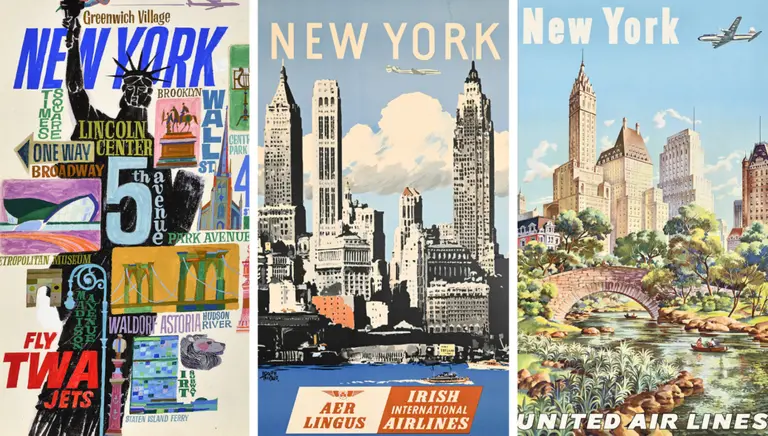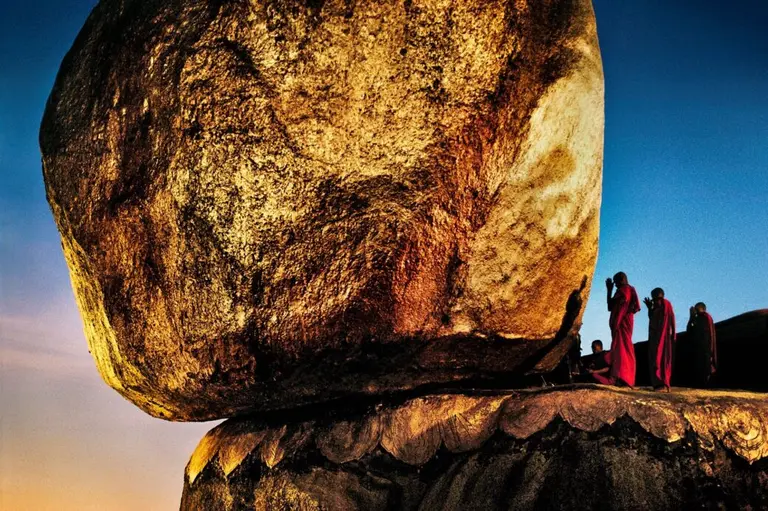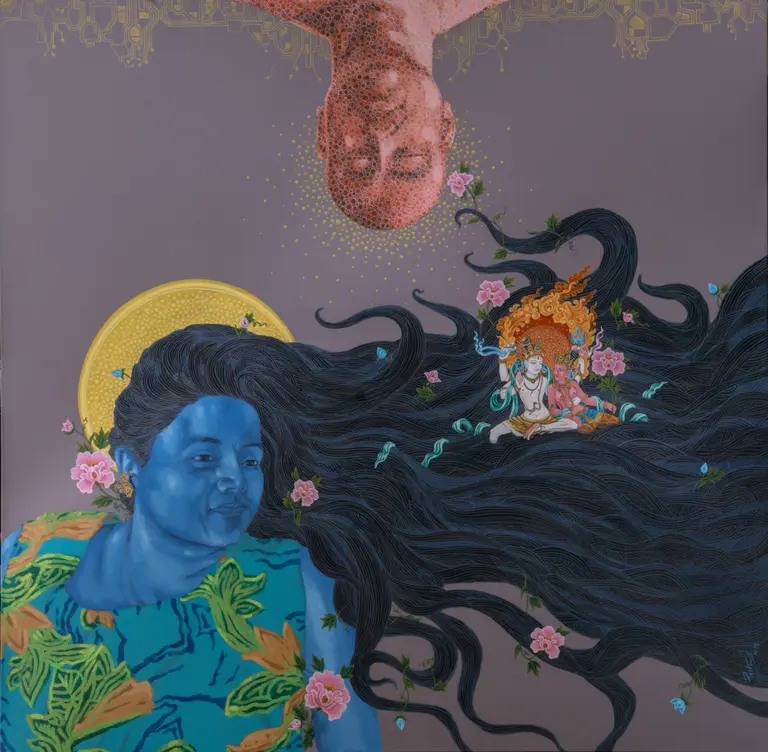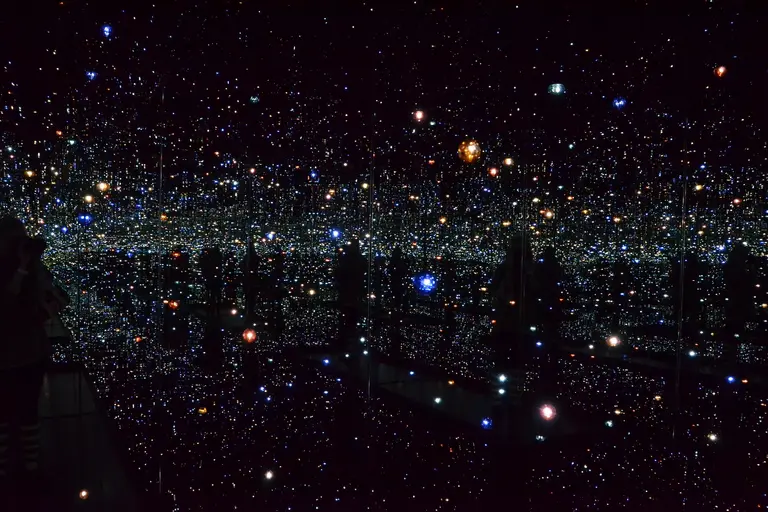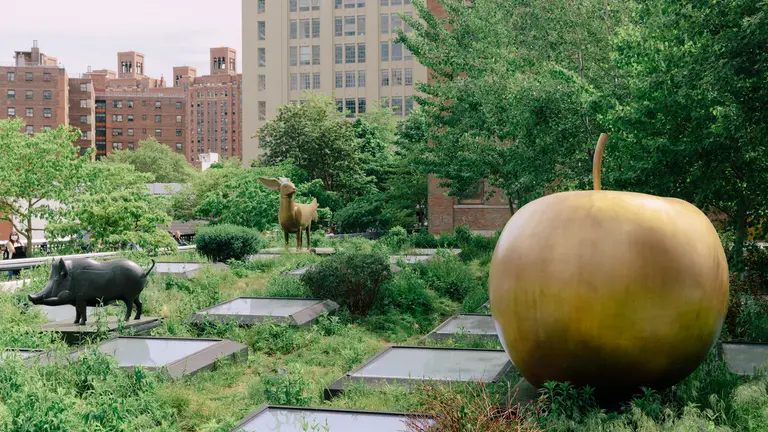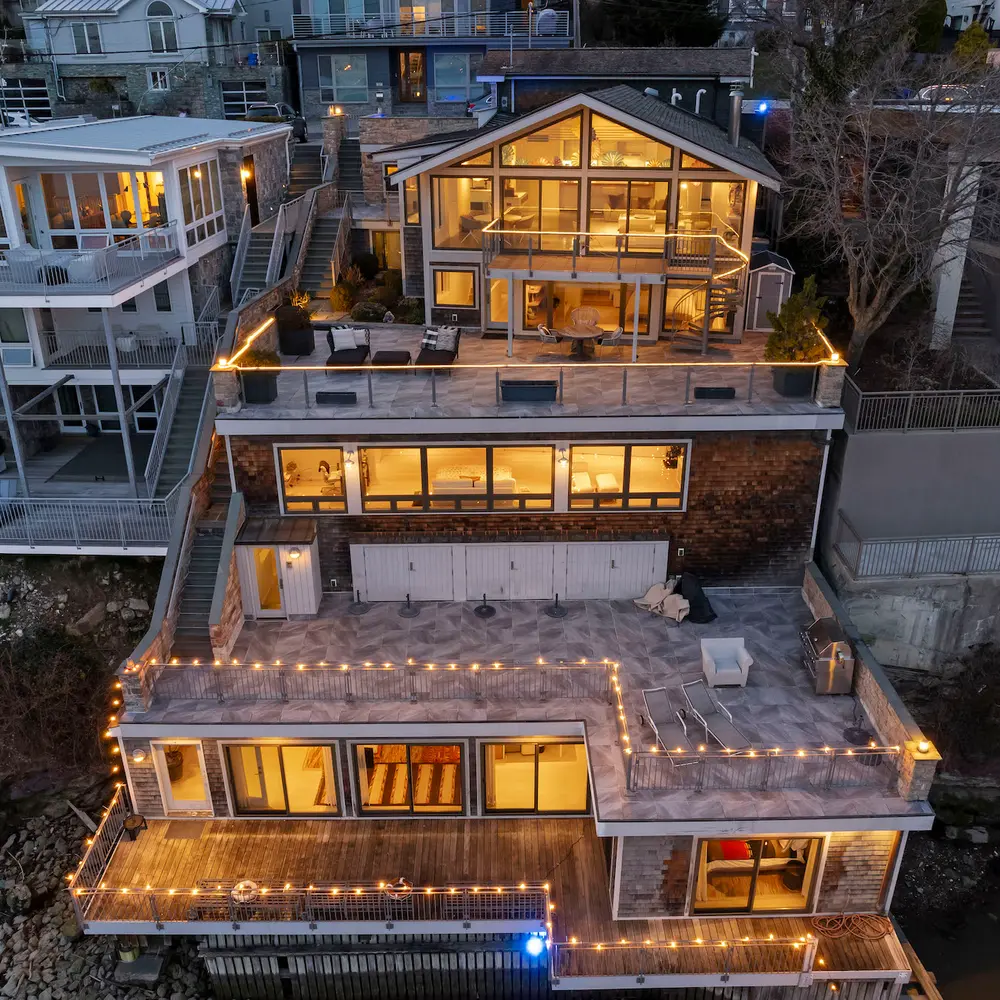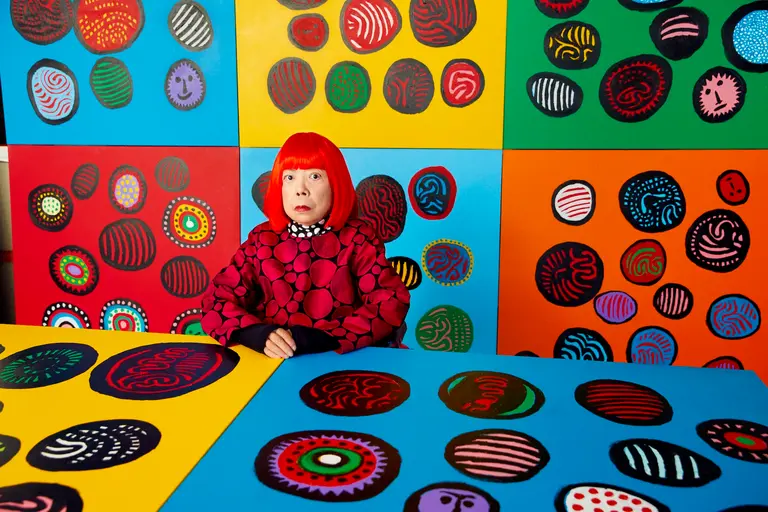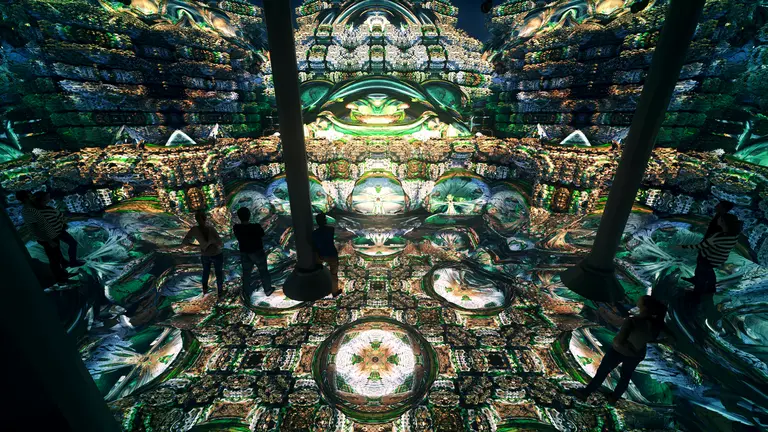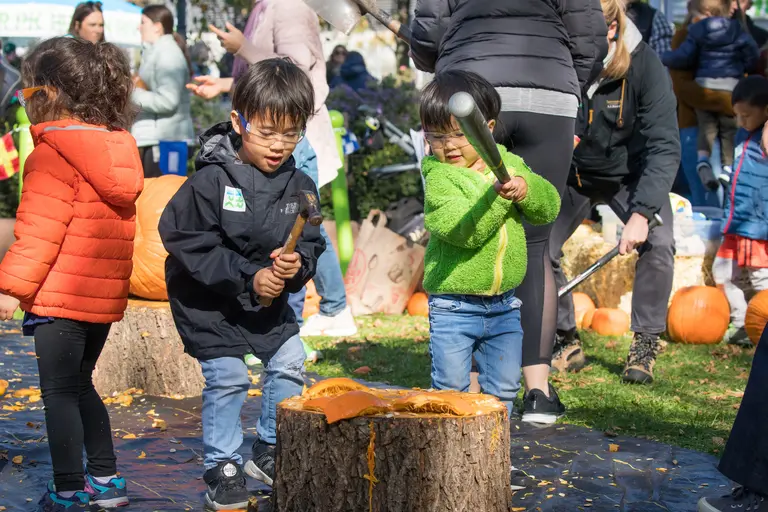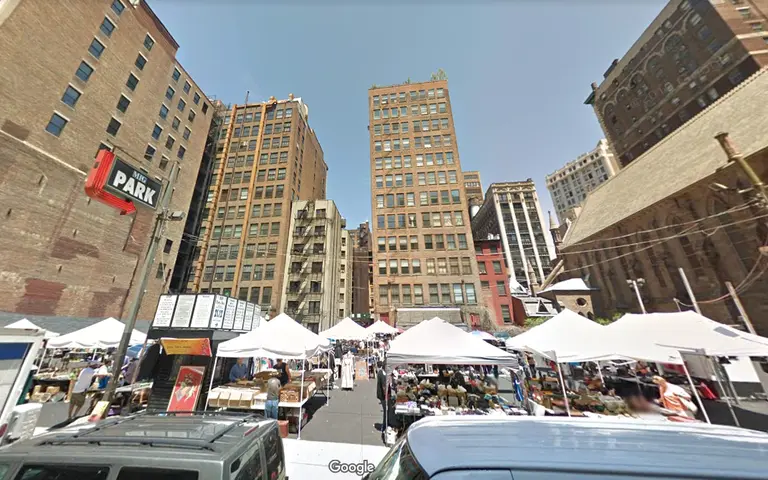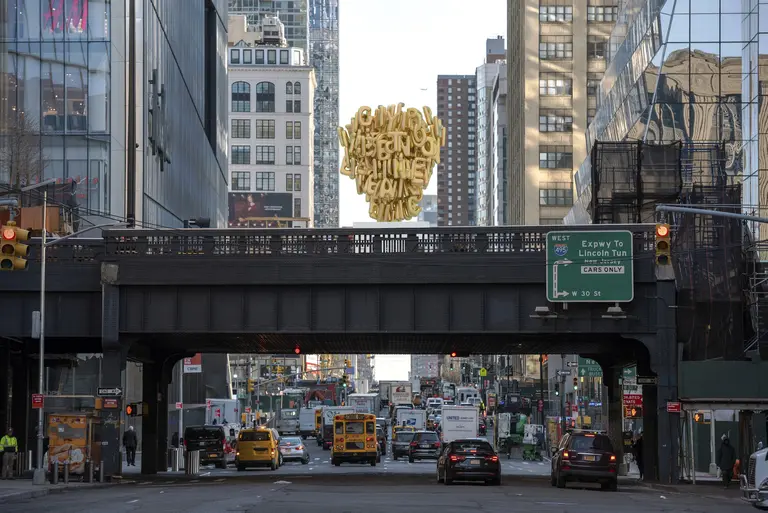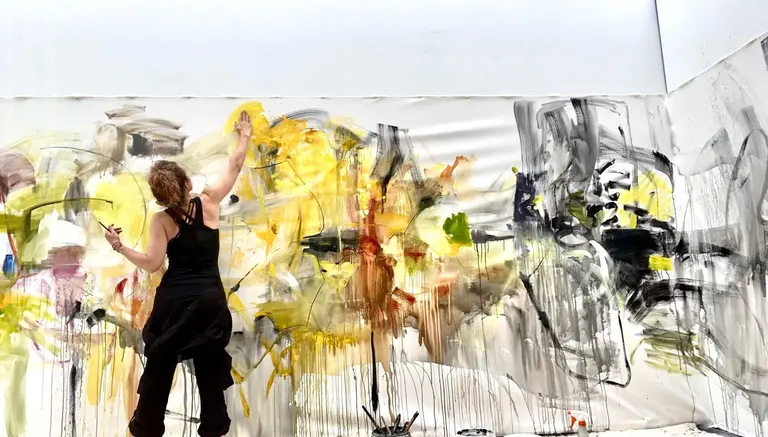Rubin Museum to close its doors after two decades
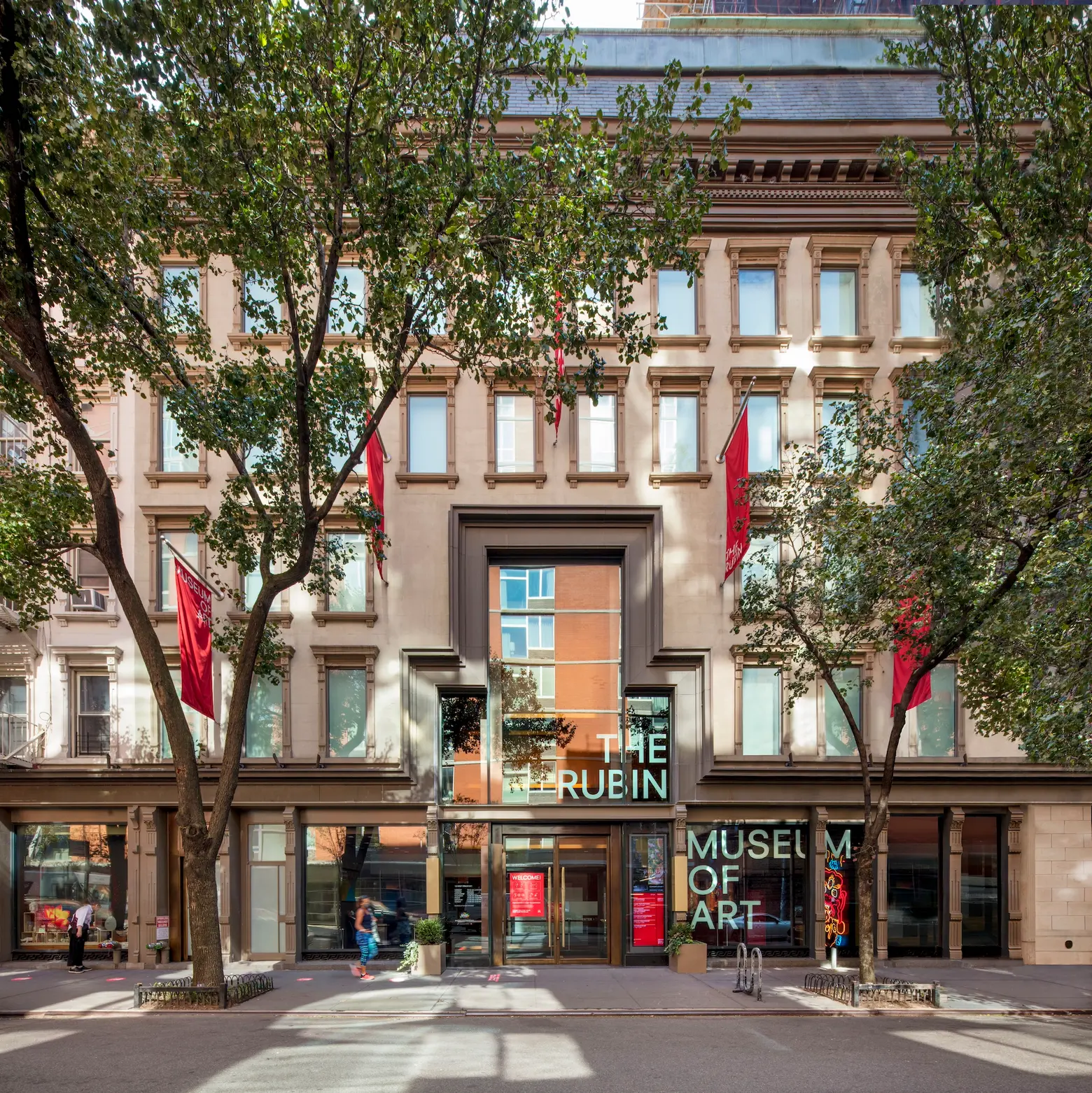
Photo by David de Armas, courtesy of the Rubin Museum of Art
Known for its Himalayan art, New York City’s Rubin Museum will close this fall after 20 years. The Rubin Museum of Art on Wednesday announced the museum will evolve into a global institution “without walls” and close its Chelsea building on October 6 after its final exhibition. After selling its building on West 17th Street, the Rubin will become an organization that processes long-term loans, hosts traveling exhibitions, and helps with research inquiries and fundraising, according to the New York Times.
Established in 2004 to showcase the art collection of Donald and Shelley Rubin, the museum includes almost 4,000 Himalayan art pieces spanning 1,500 years of history. One of the city’s only Asian art museums, the institution’s West 17th Street location spans roughly 70,000 square feet inside what was a former Barneys New York fashion department store. The Rubin family purchased the building in 1998 for $22 million.
The institution had been experiencing controversy over the origins of some of its featured works. After discovering that some of its items had been looted from Asian countries, the museum repatriated several religious artworks back to Nepal, according to the New York Times.
The closure will eliminate nearly 40 percent of its workforce, the second set of layoffs after Jorrit Brischgi, the museum’s director, eliminated about two dozen positions in 2019 due to limited funds.
The money from the building’s sale will be put towards future programming, according to Britschgi.
Going forward, the museum will prioritize a few key goals in its work, including the strengthening of the representation of Himalayan art in museums and cultural institutions through the long-term loans of items from its collections, and expanding research into Himalayan art with a focus on accessibility..
The Rubin has also announced the start of a long-term loan program with museums and cultural institutions that are interested in growing their presentation of Himalayan art and sharing it with their communities. This program will allow the Rubin’s collection to be experienced by more people around the world, according to the museum.
The museum will continue hosting original programming, including a traveling version of its interactive Mandala Lab, which is set to be installed in Milan, Italy in the spring and another European city in 2025. The Rubin’s final New York exhibition, “Reimagine: Himalayan Art Now,” will travel to Wrightwood 659 in Chicago this fall.
“Building and sharing this collection of Himalayan art was one of my family’s great joys. Creating a museum was a life-changing moment. While it has been a privilege to welcome visitors to the Rubin in New York over the last 20 years, our anniversary inspired reflection on how we can achieve the greatest possible impact well into the future,” Shelley Frost Rubin, co-founder of the Rubin, said.
“The result is the firm belief that a more expansive model will allow us to best serve our mission – not changing ‘why’ we share Himalayan art with the world, but ‘how’ we do it. Bold change has always been in the Rubin’s DNA, and we are excited to embrace what our future as a global museum has to offer.”
New Yorkers still have the opportunity to see the museum’s collection before it closes for good in the fall. Running through October 6, “Reimagine: Himalayan Art Now” features new and recent artworks by 32 contemporary Nepalese, Tibetan, and Bhutanese artists, as well as international artists inspired by Himalayan art.
RELATED:

